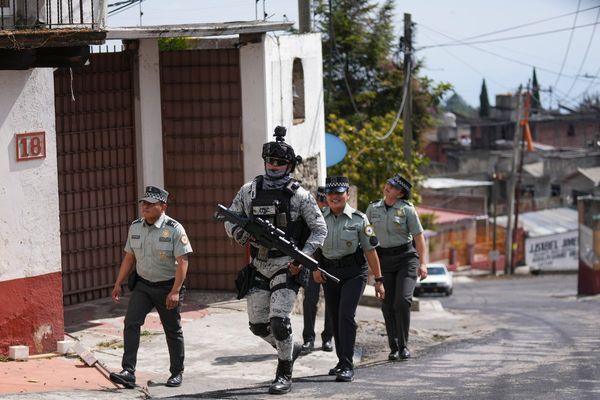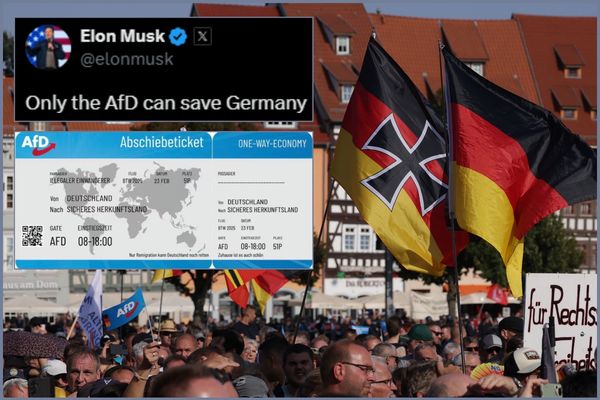It was during a virtual press briefing in March 2023 on the North Atlantic Treaty Organization’s (NATO) focus on South Asia and the Indo-Pacific region that the United States Permanent Representative to NATO, Julianne Smith, was quoted as saying that “the NATO alliance is open to more engagement, should India seek that”. Reflecting the same sentiment, the U.S. House Select Committee on the Strategic Competition between the United States and the Chinese Communist Party (CCP), in May 2023, recommended strengthening the ‘NATO-Plus’ framework by including India in the grouping. India’s External Affairs Minister S. Jaishankar had rejected this idea by saying that “NATO template does not apply to India”. Yet on the eve of Prime Minister Narendra Modi’s visit to the U.S., in June, Senate India Caucus Co-Chair Mark Warner shared his plans to table a bill to bring India into the NATO Plus fold.
NATO and NATO Plus
NATO is a transatlantic military alliance of 31 countries, with the majority of members from Europe. After the dissolution of the Soviet Union and the end of the Cold War, many thought that NATO would lose its relevance. On the contrary, NATO has not only survived but also expanded, with Finland joining as its 31st member (April 2023), and Sweden waiting in the wings. NATO appears to be getting the much-needed ground for survival, thanks to Russia’s tirade against it and the invasion of Ukraine. With NATO swelling its expanse, some analysts even see the onset of Cold War 2.0.
“NATO plus” refers to a security arrangement of NATO and the five treaty allies of the U.S. — Australia, New Zealand, Japan, Israel, and South Korea as members — to enhance “global defence cooperation” and win the “strategic competition with the Chinese Communist Party”. Interestingly, the term ‘NATO Plus’ is not an officially recognised or established concept within NATO itself, but has been used in discussions and debates regarding the potential expansion of the alliance. The inclusion of these countries as members would require a complex process of negotiation and assessment of their compatibility with NATO’s principles, obligations, and defence commitments.
While NATO’s earlier target was the Soviet Union and now Russia, the focus of NATO Plus is clearly on containing China. Therefore, considering its disputes with China, India remains a missing link in the framework.
In light of increasing regional security challenges, India joining the NATO Plus framework could provide it with a security umbrella, with protection and deterrence against potential threats. India could also gain access to advanced military technologies, intelligence-sharing platforms, and inter-operability with other member-states. This could potentially strengthen India’s defence capabilities and modernisation efforts. But this bait needs to be assessed in the larger context of India’s strategic autonomy.
First, getting into any NATO framework will annoy Russia and China. Apart from the robust strategic partnership, Russia has been useful to India in dealing with regional security challenges and, importantly, moderating the stance of China. Even though Russia is getting over-dependent on China, post the war in Ukraine, Moscow remains a valuable partner for India. Should it join, in one stroke, India’s solidified strategic partnership with Russia will crumble. Balancing these relationships and managing potential geopolitical consequences would be a significant challenge for India.
Second, while aligning with a U.S.-led alliance system may be tempting due to the threats posed by China, it could ultimately prove counterproductive and detrimental. Having a military framework will limit India’s freedom of action and prevent it from pursuing an independent policy towards China. Moreover, at a time when India has its own bilateral issues with China and a strategy for the Indo-Pacific, hopping into the Taiwan strategy of the U.S. under NATO Plus will complicate India’s security, with the possibility of Chinese justification for further military build-up along the India-China border and frequent intrusion.
Third, India has traditionally maintained a policy of strategic autonomy, allowing it to engage with various nations and blocs based on its own interests. Joining a NATO framework would require India to align its defence and security policies with the objectives and strategies of the alliance, thereby potentially undermining India’s autonomy. While the non-aligned policy will get a quick death, it could strain relationships with countries, especially neighbours and regional organisations that value India’s independent stance, and could also limit its flexibility in engaging with other regional powers.
India’s priorities
India’s priorities lie in addressing its own regional dynamics that includes a unique set of security challenges such as border disputes, terrorism, and regional conflicts. While NATO has certain competencies to deal with such issues, its larger geopolitical agenda starting from Eurasia to the Indo-Pacific may divert resources and attention away from these pressing issues and, therefore, will not be of much help to India. For the time being, India’s posturing through the Quad (India, Japan, Australia and the U.S.; the Asian NATO as per China) looks more promising than the NATO Plus bait, though China remains an elephant in the room during its summits.
Sakti Prasad Srichandan is Assistant Professor, Centre for European Studies, School of International Studies, Jawaharlal Nehru University







